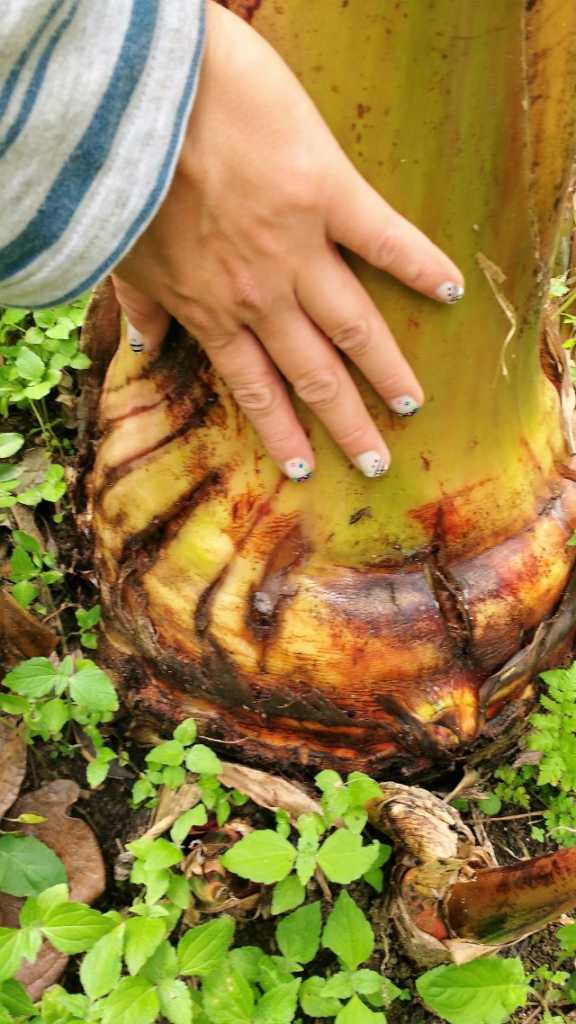
Elephantiasis
WHAT IT IS AND HOW TO ELIMINATE
Platanera
Elephantiasis
Ustilaginoidella oedipigera
Pathogen:
Fungus
Type:
Risk to the plant:
HIGH
Virus

WHO CAUSES IT?
Ustilaginoidella oedipigera is a phytopathogenic fungus that attacks various species of musaceae, causing severe deformations in the affected tissues. It develops mainly in warm and humid climates, where its spores find optimal conditions for germination. Its infectious cycle begins with the production of spores that can be transported by wind, water and contaminated materials. Once in contact with plant tissue, they germinate and penetrate through wounds or stomata, colonizing internal tissues. As the fungus progresses, it induces abnormal cell growth, causing hypertrophy and characteristic malformations. The proliferation of mycelium within plant tissues triggers the accumulation of toxic substances that alter the normal development of the plant. Under favorable conditions, the fungus completes its development and releases new spores into the environment, ensuring its dispersion and persistence in the environment. It can survive in plant residues and soil for long periods, allowing new infections in subsequent seasons.
SYMPTOMS
In banana trees, Ustilaginoidella oedipigera is the causal agent of elephantiasis, a disease that is characterized by exaggerated deformation of plant tissues, mainly in the pseudostem and petioles. The infection alters the growth of the plant, generating irregular swellings and abnormal development that compromises the production and quality of the fruits. In advanced stages, the affected tissues may become brittle and more susceptible to secondary infections, which aggravates the deterioration of the plant.
- Abnormal thickening of the pseudostem and petioles.
- Appearance of swellings or tumors in the affected tissues.
- Abnormal coloration in infected areas, with dark brown tones.
- Loss of rigidity in the leaves and structural weakening of the plant.
- Reduction in production and deformation of fruits.
- Greater predisposition to attacks by other opportunistic pathogens.


DEVELOPMENT CONDITIONS
Temperature:
24°C - 32°C
Humidity:
85% - 100%
HOW IS IT SPREAD?
Wind-borne spores, contaminated irrigation water, contact with infected agricultural tools, diseased plant debris, contaminated planting material
HOW TO ELIMINATE IT?
Home treatments
There are no home treatments
Natural allies
There are no natural allies
Chemical treatments
RECOMMENDED PRODUCTS TO ELIMINATE THE PEST
PLANTAS REPELENTES
RECOMMENDATIONS
Measures to control viruses in already infected plants:
• Remove and destroy infected plants to prevent the virus from spreading.
• Control insect vectors using chemical or biological methods.
• Disinfect cutting and agricultural tools between uses.
• Avoid reusing contaminated substrates or irrigation water for diseased plants.
Preventive measures to avoid viral infections:
• Use certified, virus-free seeds and seedlings.
• Establish physical barriers or trap crops against vectors.
• Rotate crops with species that do not host the virus.
• Promote biodiversity to reduce vector pressure.
• Maintain good field hygiene and constantly disinfect tools.
• Regularly monitor crops to detect early symptoms.


















